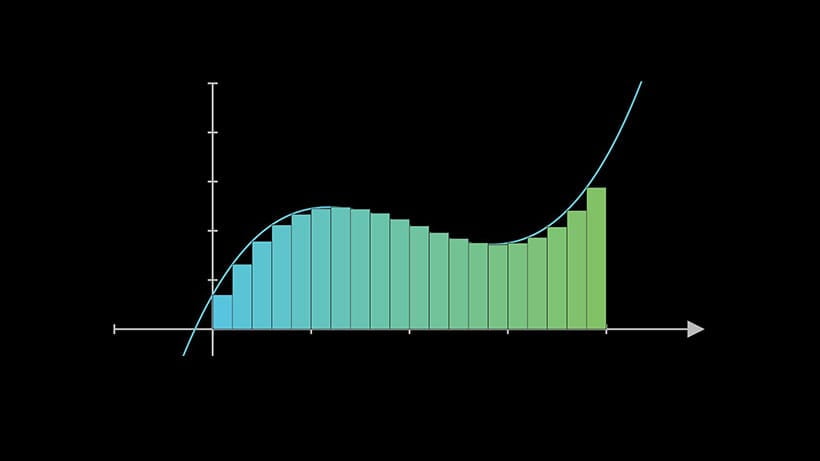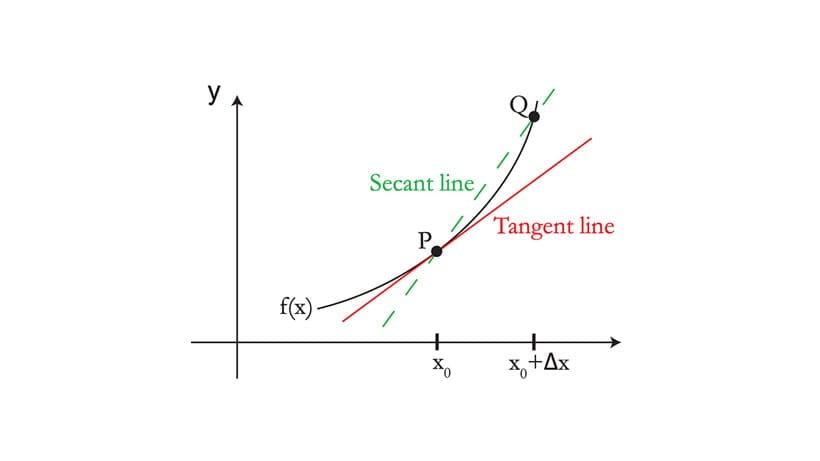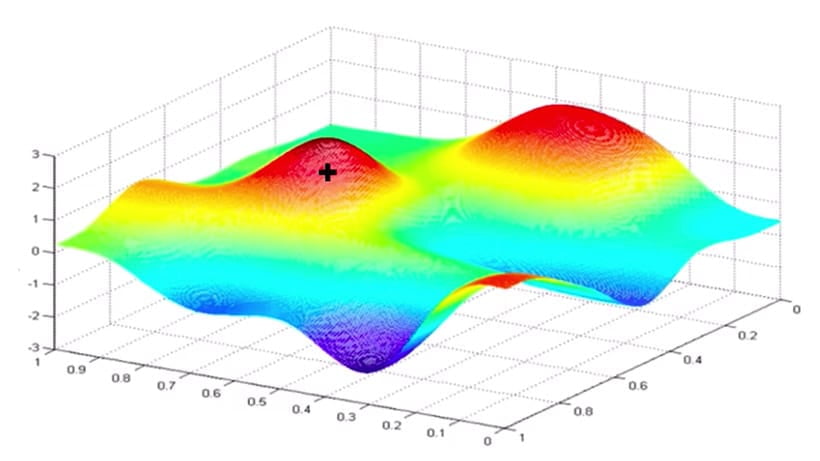למידת מכונה תיאורטית ומתקדמת עם TensorFlow
לפני שמתחילים בחומרי הלמידה שלהלן, הקפידו:
השלם את תוכנית הלימודים שלנו יסודות למידת מכונה עם TensorFlow , או בעל ידע שווה ערך
בעל ניסיון בפיתוח תוכנה, במיוחד ב-Python
תכנית לימודים זו היא נקודת מוצא לאנשים שרוצים:
שפר את ההבנה שלהם ב-ML
התחל להבין וליישם מאמרים עם TensorFlow
אתה כבר אמור להיות בעל ידע רקע כיצד עובד ML או להשלים את חומרי הלמידה בתוכנית הלימודים למתחילים יסודות למידת מכונה עם TensorFlow לפני שתמשיך. התוכן שלהלן נועד להדריך את הלומדים לתוכן לימוד מכונה תיאורטי ומתקדם יותר. תראה שרבים מהמשאבים משתמשים ב-TensorFlow, עם זאת, הידע ניתן להעברה למסגרות ML אחרות.
כדי לקדם את ההבנה שלך ב-ML, אתה צריך להיות בעל ניסיון בתכנות Python וכן רקע בחשבון, אלגברה לינארית, הסתברות וסטטיסטיקה. כדי לעזור לך להעמיק את הידע שלך ב-ML, רשמנו מספר משאבים וקורסים מומלצים מאוניברסיטאות, כמו גם כמה ספרי לימוד.
שלב 1: רענן את ההבנה שלך במושגים מתמטיים
ML הוא מקצוע כבד במתמטיקה. אם אתה מתכנן לשנות מודלים של ML, או לבנות חדשים מאפס, היכרות עם המושגים המתמטיים הבסיסיים היא חשובה. אתה לא צריך ללמוד את כל המתמטיקה מראש, אבל במקום זאת אתה יכול לחפש מושגים שאתה לא מכיר כשאתה נתקל בהם. אם עבר זמן מה מאז שלמדת קורס מתמטיקה, נסה לצפות במהות האלגברה הליניארית וברשימות ההשמעה של המהות של calculus מ-3blue1brown לצורך רענון. אנו ממליצים להמשיך בשיעור מאוניברסיטה, או לצפות בהרצאות בגישה פתוחה מ-MIT, כגון אלגברה לינארית או חשבון משתנה יחיד .

סדרת סרטונים קצרים ויזואליים מ-3blue1brown המסבירים את ההבנה הגיאומטרית של מטריצות, דטרמיננטים, עצמים ועוד.

סדרה של סרטונים קצרים ויזואליים מ-3blue1brown שמסבירים את יסודות החשבון באופן שנותן לך הבנה חזקה של משפטי היסוד, ולא רק כיצד פועלות המשוואות.

קורס מבוא זה מ-MIT מכסה את תורת המטריצות ואלגברה לינארית. ניתן דגש לנושאים שיהיו שימושיים בדיסציפלינות אחרות, כולל מערכות משוואות, מרחבים וקטוריים, דטרמיננטים, ערכים עצמיים, דמיון ומטריצות מוגדרות חיוביות.

קורס חישוב מבוא זה מ-MIT מכסה בידול ואינטגרציה של פונקציות של משתנה אחד, עם יישומים.





